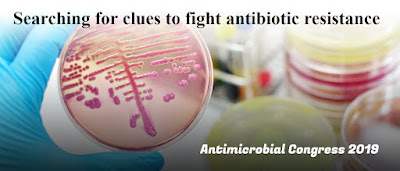How the mode of delivery plays key role in shaping the child's skin microbiome?
Microbial Virulence: Key roles in shaping the child's skin microbiome..
 |
The maturation of skin microbial communities during
childhood is important for the skin of the children and development of the
immune system into adulthood, but only a few studies have analyzed the presence
of microbiota in young children. Recently investigators in China found that
bacterial genera in children were more similar to those of their own mothers
than to those of unrelated women. They suggest that the mode of delivery at
birth could be an important factor in shaping the child's microbiome.
To date, research into the maternal influence on her
child's skin microbiome has been mostly limited to a narrow postpartum window
in children younger than one year old and fewer studies have explored the
maternal relationship with the child's microflora after infancy explained by
chinese investigators. Therefore, we expanded the scope of our analysis to
include sampling from different body sites and direct comparison to the mother
of the child in order to provide novel insights.
Investigators examined the changes in the skin
microbiota and analyzed relationships between the skin microbiome and
microenvironment as well as between the microbiota composition of children and
mothers in many childrens between one and ten years old. The mothers of 50 of
these children were randomly selected and recruited to represent different
child age groups. Microbiota structures between the children and their mothers
were compared using 16S rRNA gene amplicon sequencing. Samples were taken from
three skin sites: center of the cheek; one quarter of the length of the forearm
from the hand; and the center of the calf. Data for 474 samples (three skin
sites per child) were pooled into 36 groups according to age, gender, and skin
site.
Sample location and age were the primary factors
determining a child's skin bacterial composition, which differed significantly
among the three sites. However, there was negative correlation between the
abundances of Streptococcus and Granulicatella and age. The relative abundances
of most bacterial genera in children were more similar to those of their own
mothers than those of unrelated women. The facial bacterial composition of
10-year-old children was strongly associated with whether they were born by
Caesarian section or vaginal delivery.
The skin serves as the body's first line of defense
against environmental insult. It hosts approximately ten billion bacterial
cells per 1.8 square meters. Skin-associated bacteria constitute a large
proportion of the human microbiome and interact with the host immune system via
numerous pathways. Depending on the skin microenvironment, certain bacteria can
act as either beneficial microbes or opportunistic pathogens.



Comments
Post a Comment